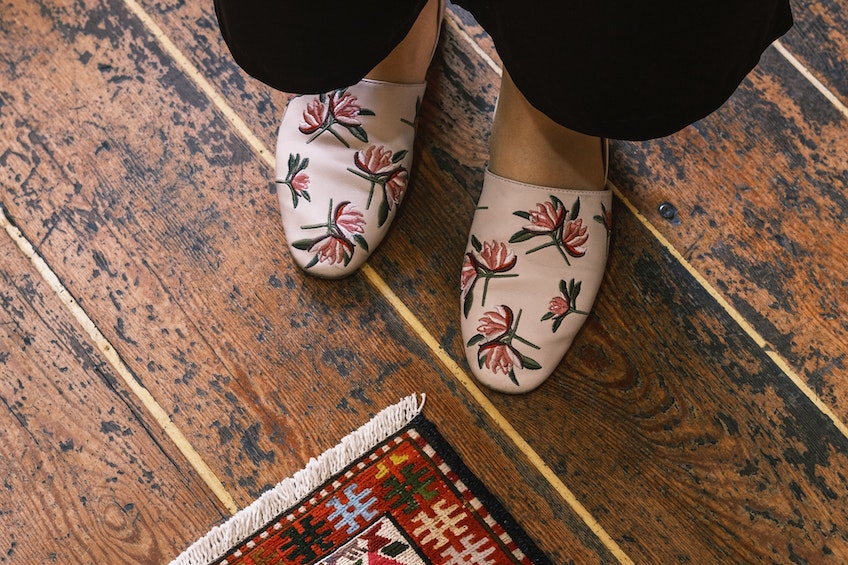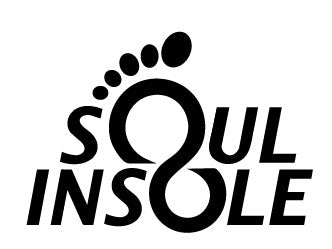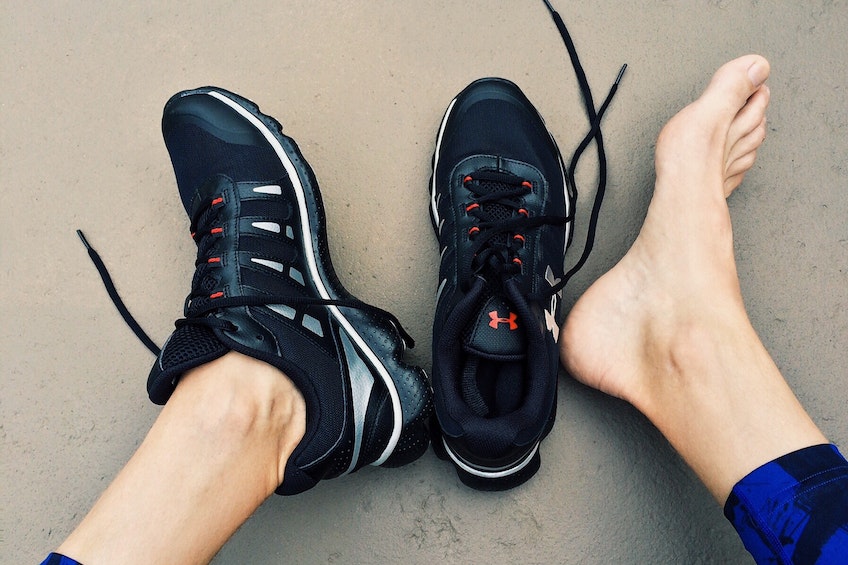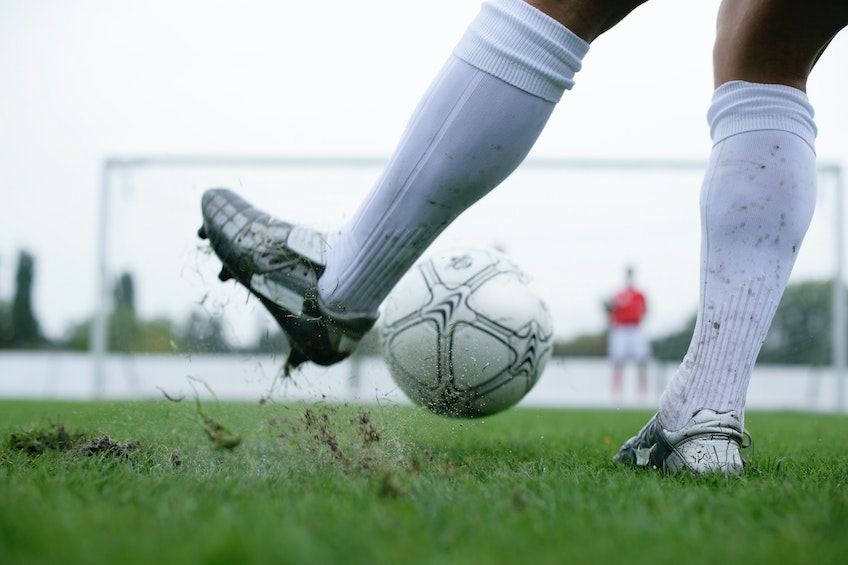
How do orthotics work for flat feet
Orthotics are devices that are used to correct or improve a person’s walking pattern. There are many different types, but all of them work by supporting or controlling the motion of the foot and ankle. Orthotics can be used to treat a wide variety of conditions, including flat feet, heel pain, and knee pain.
The benefits of orthotics for flat feet
Orthotics can be used to correct disorders or problems with the feet and ankles. They are often used to help people who have flat feet. Flat feet can cause problems with posture and can lead to pain in the feet, ankles, and legs. Orthotics for flat feet can help to correct the position of the foot and can help to reduce pain.
Choose the right orthotics for you
There are a variety of orthotics on the market, so it can be hard to know which one is right for you. Here are a few tips to help you choose the right one for your needs:
- Consider your needs and goals: Orthotics can be used to correct foot alignment problems, improve foot function, and relieve pain. Choose the one that will best meet your needs by researching the details of the orthotics. Are they soft? Are they hard? Do they have a high arch? Do they have a lower arch? Do they have posting for pronation? Or are the orthotics designed for supination? Are these insoles designed for high intensity activities, for standing long hours or for casual walking?
- Consider the type of orthotic: There are several types of orthotics, including custom-made, over-the-counter, full length, ¾ length insoles and micro-sized orthotics. You will also have a choice of a hard orthotic or soft orthotic. Choose the type that is best suited to your feet and the shoes that you plan to place them inside of.
- Consider the cost: Orthotics can be expensive, so be sure to consider the cost before you make your purchase. Some of the less expensive orthotics have cushioning that can quickly compress. Higher insole costs can be associated with higher quality materials that will last much longer and provide better support.
- Consider the fit: Orthotics should fit comfortably and correctly. Make sure to take your time in trying them on to ensure a good fit. It can take some time to get used to the feeling of a new orthotic insole. It can be important to start with wearing them for 30 minutes and build up into wearing them for the full day over the course of 2 weeks.
FAQs about orthotics:
- What are orthotics?
Orthotics are devices that are worn to correct or support foot or ankle problems. They can be made from a variety of materials, including plastic, carbon fiber, cork, gel or foam.
- What are the benefits of orthotics?
Orthotics for flat feet can provide relief from a variety of foot and ankle problems, including pain, inflammation, and instability. By improving your balance and stability, orthotics can help you stay safe when walking or running.
- What are the different types of orthotics?
There are many different types of orthotics, which are typically classified by their function. The most common types include:
- Soft Orthotics: These help to provide cushioning and some support. They can feel great when the feet are sensitive and in need of comfort. They also allow the feet to maintain their normal foot function without forceful control of movement. They can be made of a wide array of foam material. If they are too soft, sometimes the foam will compress very quickly and they won’t provide enough support. If they are too thick and cushioned, they can take up too much space in your shoes. So, it’s important to find one that’s the right density cushioning so that you get long lasting cushioning and proper support. Also make sure that they are the right thickness to fit your shoes.
- Semi-rigid Orthotics: These are designed to provide some motion control and some cushioning. They can be made of gel, a more dense foam, or can be a combination of a semi-rigid material layered with foam. They tend to be the most recommended for flat feet as they are more easy to tolerate than a hard orthotic, but they provide more control than a soft orthotic.
- Hard Orthotics: These are designed to provide full motion control to prevent the foot from engaging in movements that cause pain. These are made of plastic, cork, or carbon fiber. Some of these types can be smaller in size and fit more easily into dress shoes without crowding. For more severe over pronation, these are often recommended. These are not recommended for sports and high impact activities such as running because they do not provide impact absorption.
I Have Flat Feet - Does This Mean I Over Supinate or Do I Over Pronate?
It is most common for those with flat feet to over pronate. Over pronation means that the feet and ankles are dropping inward towards each other. This can affect the alignment in the feet, ankles, knees, hips and back. Not everyone who has flat feet over pronates. Some people have fallen arches, but their feet are not overpronated. Some people over pronate, but they do not have flat feet. For those who over pronated, but are not in need of arch support - Heel wedges are recommended. For those who have fallen arches but do not over pronate, it is recommended to get an orthotic with arch support but without posting. For those who have fallen arches and over pronation - find the orthotic with arch support and posting to stop the over pronation.
How to fix supination of foot
If you have supinated ankles / supinated feet, it means that your foot rolls outward when you walk. If you take a look at the bottom of your shoes and you see that you wear out the outer corners of the heel edges of your shoes - this is a tell-tale sign of over supination. Excessive supination can cause problems with balance and stability - meaning higher probability of ankle sprains, and it can make it difficult to walk or run.
There are a few things you can do to help improve the situation. First, make sure you're wearing shoes that fit well and have good stability. You can also add heel wedges set for over supination to help with the alignment of your feet.
Stretching and strengthening exercises can also be helpful. If you're having trouble with your balance, try using a cane or walking stick.
If you have supinated ankles, don't worry too much - with a little bit of care and attention, you can improve the situation and get back to enjoying your favorite activities.
Conclusion
If you are experiencing pain, inflammation, or instability in your feet or ankles, you may benefit from orthotics. They can be extremely helpful for people who stand for long hours on concrete or hard surfaces or people who are active or participate in sports. Talk to your doctor if you are interested in using orthotics for flat feet to treat a foot or ankle problem.




